|
Backdoor To Seal Bay 6"x6" oil on canvas Have you ever walked across a room to look at a painting because the color grabbed your attention? That happens to me a lot. Bold bright color, I love it! But there’s more to a painting than the color. Think about the wonderful black and white photos you’ve seen displayed on walls. They can be very striking. They’re pared down to the essentials, and the most basic of essentials is a pleasing value pattern. It's value that does the work, even if color gets the credit. Backdoor to Seal Bay Value study What do I mean by value? Value is the lightness or darkness of a shape. A compelling value composition is a pleasing collection of interconnected shapes of different values. Picture a jigsaw puzzle with varying sized pieces in varying shades of black, white, and gray. When I started painting, I thought the composition was the drawing. But lines all by themselves don’t make a composition. It’s the shapes that the lines describe, and the values of the shapes that do that. And when the composition is pleasing, you have winner. The secret is: It doesn’t matter what colors you use, as long as each one has the right value. A later Backdoor to Seal Bay Value Study A few weeks ago, my friend Carol Douglas challenged me to paint a landscape scene using the opposite colors of those found in nature. These are called the complementary colors (purple, green, and orange), and they appear on the color wheel in between the three primary colors; red, blue, and yellow. To accept Carol’s challenge I started with the value study above, basically a monochrome version of the scene. As long as I got the values right, I could use any colors I wanted. Backdoor to Seal Bay 5"x7" oil on gessobord (using complementary colors) I replaced the greens of the trees with reds, the blue of the water with orange, and the light blue of the sky with yellow. The result is above. What do you think?
4 Comments
Detail of Mellow Yellow 8"x10" oil on canvas panel Whenever we’re out on the water, I’m looking at the boats with an eye to painting each one. I ask myself questions like: Is the shape appealing? Is it a classic? Is the lighting good? I snap photos on my phone and on my pocket SLR camera. Sometimes, we go dinghy and skiff hunting in our inflatable. My husband drives, and patiently goes round and round the boats while I take photos from every angle. And I look inside the boats. If it’s been raining and they haven’t been bailed out, they don’t sit right in the water, and that doesn’t make for a believable painting. Back in the studio or on the couch, I go over the photos on my laptop. If there’s a boat I like, I try and figure out which angle of view would make the best painting. I crop several photo options and look again. And sometimes I ask my social media friends for their opinion. I did that early this year with these photos of a cheerful yellow rowboat that we saw the previous summer. The left most (top) photo got more votes by a wide margin. It’s also the one I like best. And that photo leads me to a great example of how to draw a boat. In fact, the crux of painting small boats like this one, is the drawing. Once you get the boat shape right and get it sitting in the water, the rest is like any other painting. The standard method for drawing a boat is to use a figure 8, as in the image above. This works best if you can see some of the inside of the boat. These are the steps: Step 1: Draw a figure 8. Note that the right hand orb of the ellipse is smaller then the left orb, when the bow of the boat is towards the right. Step 2: From the highest point on the right orb, draw a line down and to the left to create the bow, and another line down and to the right to create the stern. These lines can be somewhat curved as in the diagram or straight depending on the kind of boat you want to draw. Step 3: Draw a line to connect the bow and stern (if the boat is in the water, this line will be under the water as in this painting). And connect the right side of the bow to the bottom of the boat. Step 4: Erase the line that is dotted in the figure, which is not visible. Step 5. If the boat has a square stern, draw a line across the back of the left side of the figure. At the stage above I'm starting to work on the reflection. The trick with the reflection is to keep it directly under the boat. It’s really fun to paint the abstract ripples reflecting the blue sky and the yellow side of the boat. It's a push and pull of the two colors against each other. Framing is the last part of the job. What do you think, dark frame or gold frame?
Two paintings I watched being created at this year's CELT Auction by Carol Douglas 40"x40" (left/top) and Marsha Donahue 18"x24" (right/bottom) Have you ever found yourself at an event where paintings are being sold to benefit a cause that touches your heart, wondering if you should buy one, and not knowing how to choose? Having participated in many of these events and bought paintings, I've thought about this a lot. And I've written this blogpost to help you. There are a number of things to consider. First, what's your goal? Are you looking for a painting for a specific spot in your home or office? Or perhaps you've fallen in love with a particular artist's work, want a piece for yourself, and will decide where it will go after you find it. The most important thing when buying a piece of artwork is that YOU like it. It doesn't matter what other people think unless they are your spouse. And even that won't likely matter for small less expensive pieces. So make a habit of looking at paintings; in other people's homes, in galleries, and online, and get a feel for what you like. Another favorite, by Jill Hoy, 24"x31" If I see a painting I really like, and I'm tempted to buy it, I usually look at multiple paintings by that artist. I want to see if the painting I'm attracted to is consistent with the overall style and quality of the artist's work. I look at the artist's website and their work at galleries online. Simply google the artist's name followed by artist or painter, and you'll see where to find examples of their work online. Visit the artist's website, And look for sold paintings as well as those currently available. Sometimes those are found on a page called "Archive" if they aren't included with the available paintings. When an artist creates a new body of work, it takes months or even years for the best paintings of that collection to be sold. It can be instructive to see what other people liked well enough to buy. If you are an artist yourself, beware of paintings that impress you because of their skill. Looking at them is instructive, but that alone is not a good enough reason to buy one unless your goal is to study it rather than live with it! If you're shopping for paintings online, it's critical to make sure you understand the size of the painting you're looking at, and that you take the frame into account. Look for the dimensions and find something in your house that's about the same size to give you a better idea. More favorites, Holly Ready 24"x18" (left/top) and Colin Page 36"x24" (right/bottom) There are a few things that attract a person to a specific painting. Probably the two most important are subject matter and color. Subject matter is a broad topic, basically divided into still life, landscape, portrait, and abstract, with many sub areas in each. You may find some subjects more appealing for specific rooms in your home. Still lifes of food are a natural for the kitchen. A landscape or abstract goes well over the sofa. But really, anything goes. Often people find landscapes of places they love to visit appealing, for example an area where they like to vacation. Paintings evoke memories of good times at one of these special places. That's a good way to start a collection. As to color, that's very personal. and there's nothing wrong with paying attention to the color of the sofa when choosing a painting to go over it. But if you have color favorites, you'll likely be drawn to paintings that include the same colors already in your decor. And paintings that include color x look great on a wall of that color. More favorites, by Judy Taylor 24"x31"(left/top) and Erin McGee Ferrell 48"x48" (right/bottom) Price is another thing to consider, and don't forget to include framing. Oil and acrylic paintings are less expensive to frame than water colors and pastels because they don't need mats or glass. In fact, with a few specialized tools and a frame you can buy online you can frame oils and acrylics yourself. Here's a blogpost that will show you how.
If you're looking for a painting for a particular place, first decide the size range that will work. Then choose the subject matter or color preferences depending on which is more important to you. And where to buy? There are many options, both online and in person, far beyond what I can cover in this blogpost, so I'll save that for another time. The paintings illustrating this post are all from the Paint for Preservation event put on by the Cape Elizabeth (Maine) Land Trust this year. The auction starts Saturday at 8AM and ends Sunday at 9AM. View all the paintings in the event here. And no, I don't have a painting in this event. I look forward to painting large en plein air in the future. |
AuthorBobbi - Painter. Sketcher. Teacher. Boat and Dog Lover. Archives
July 2024
|
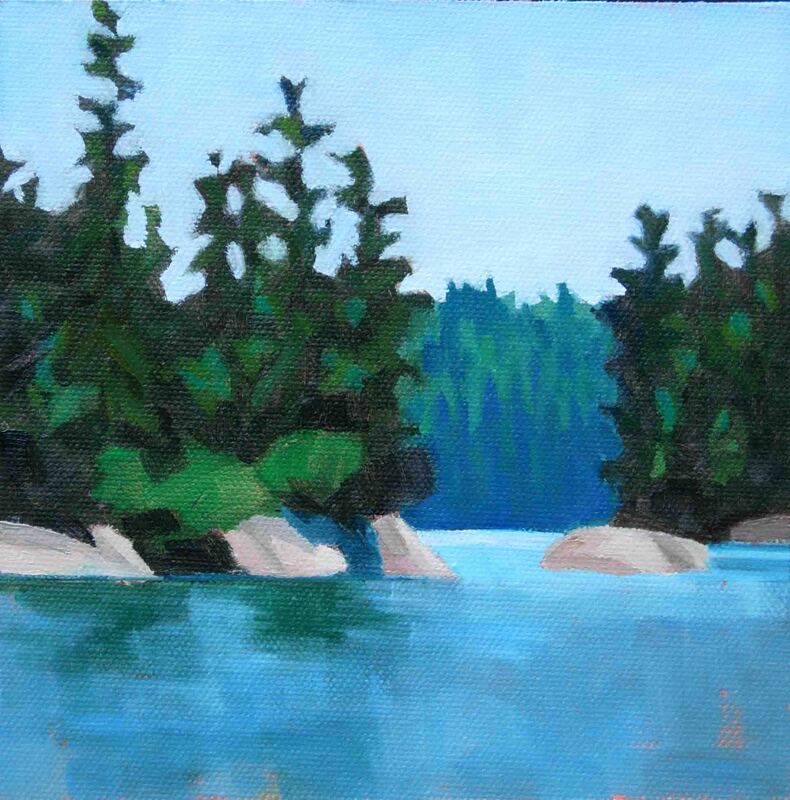
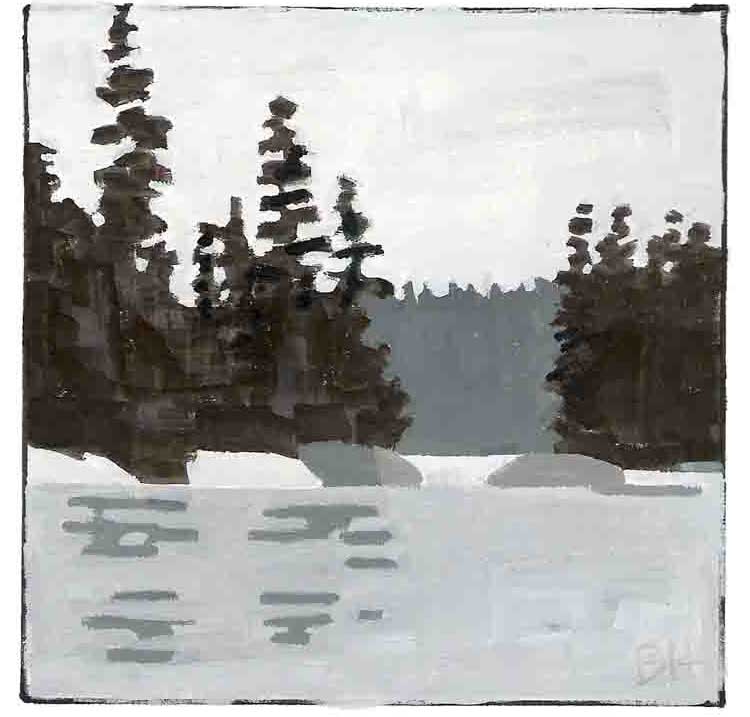
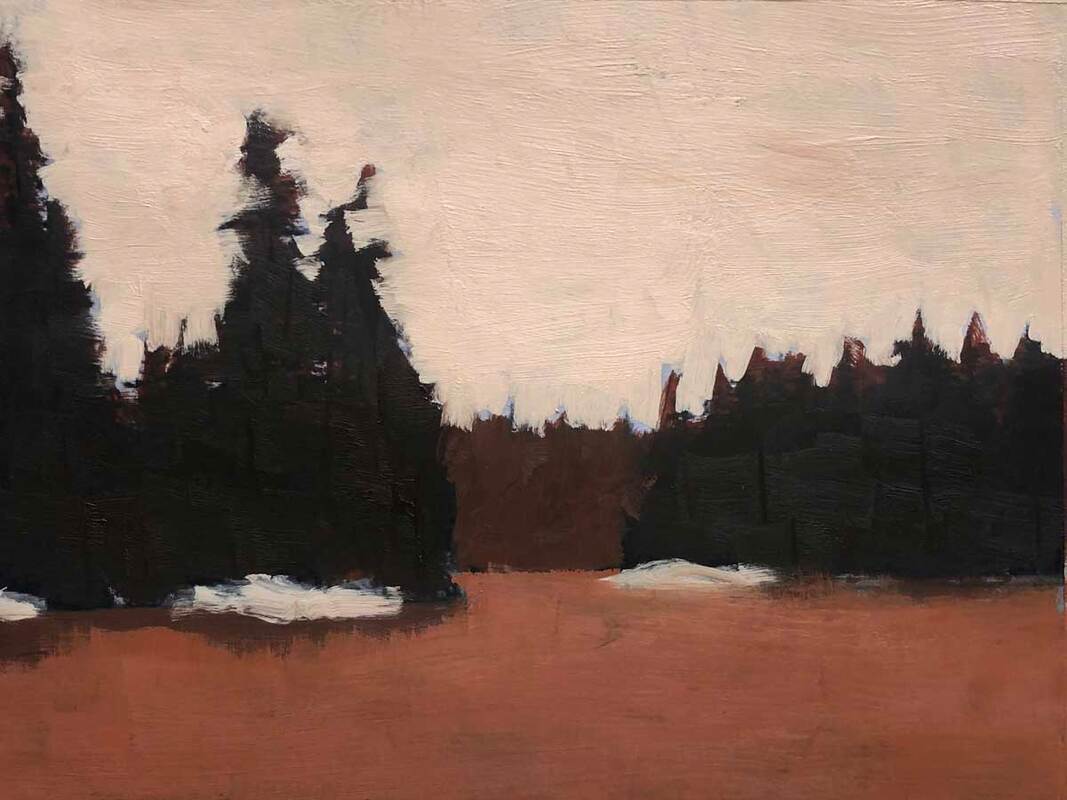
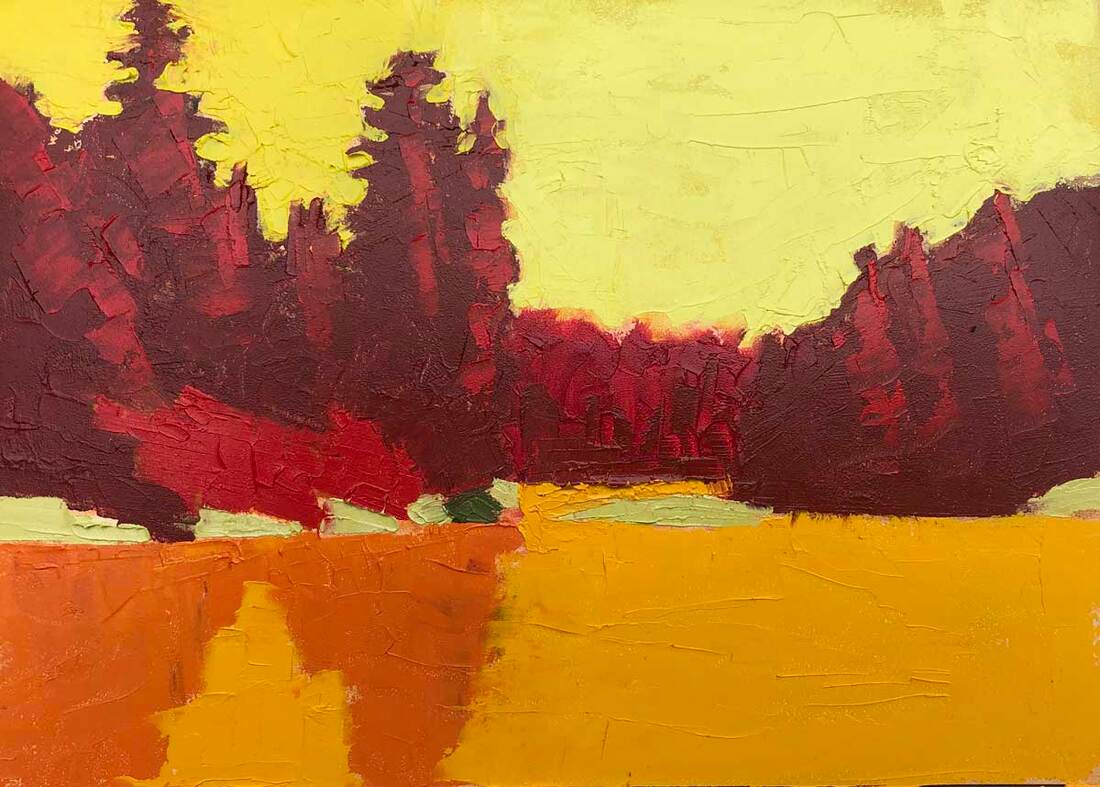
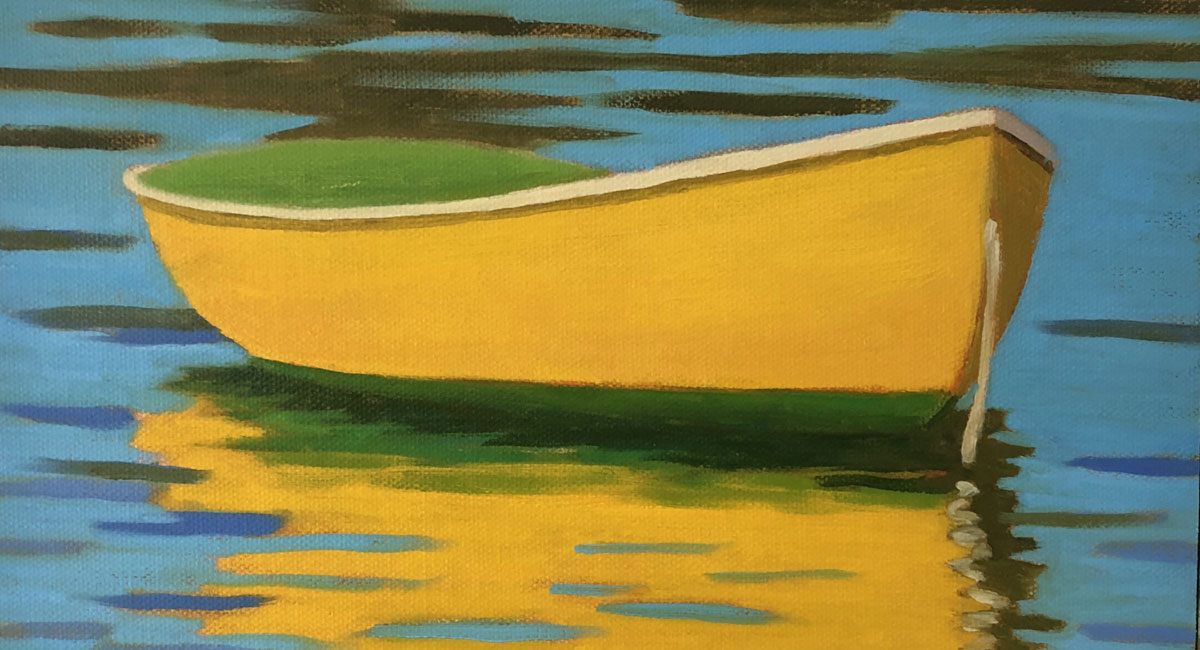
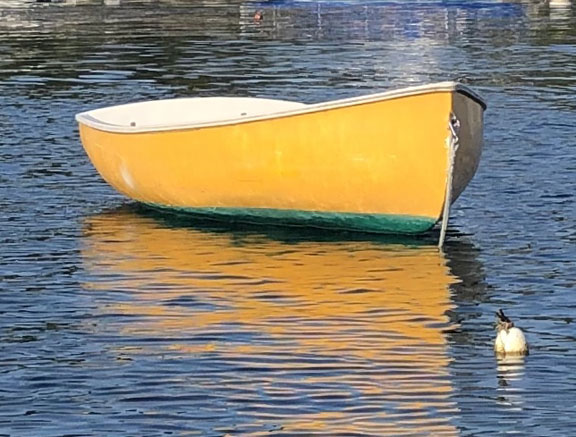
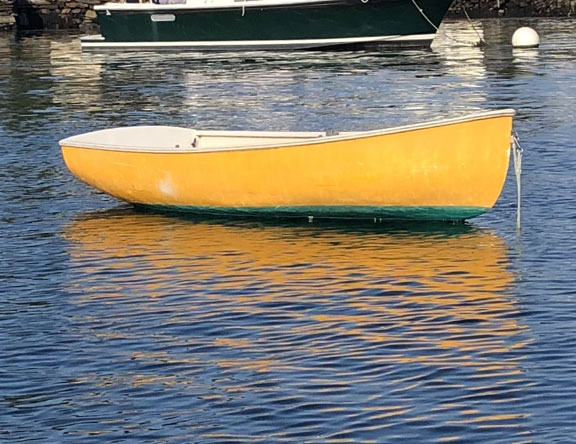
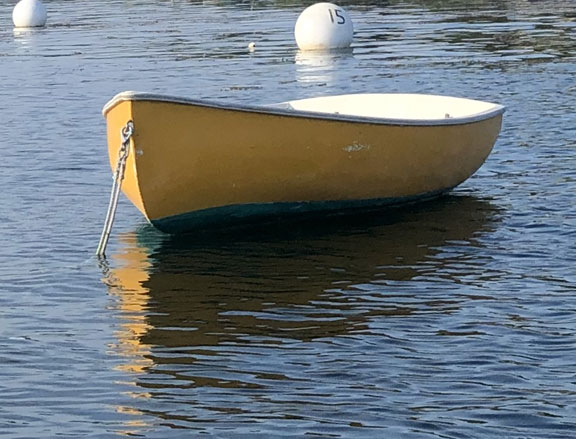
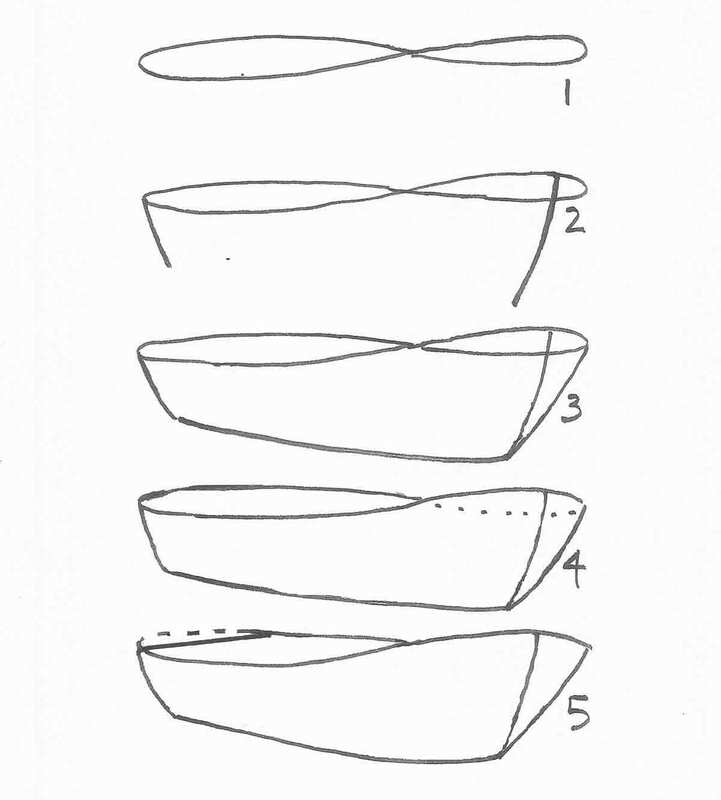
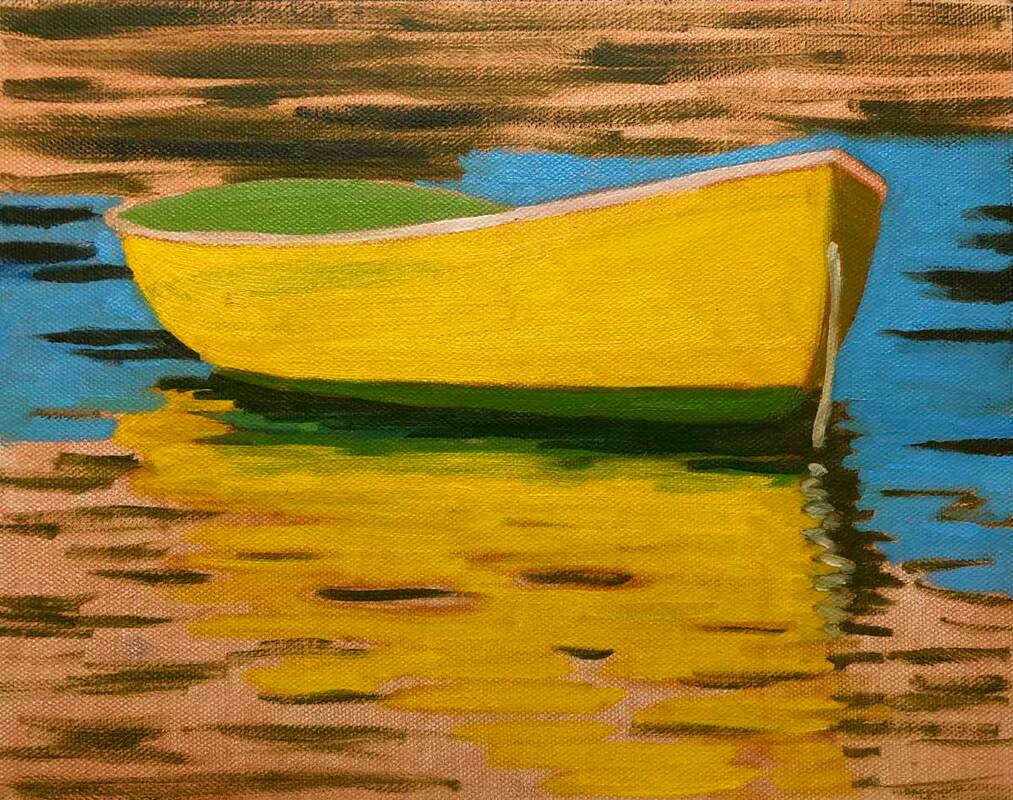
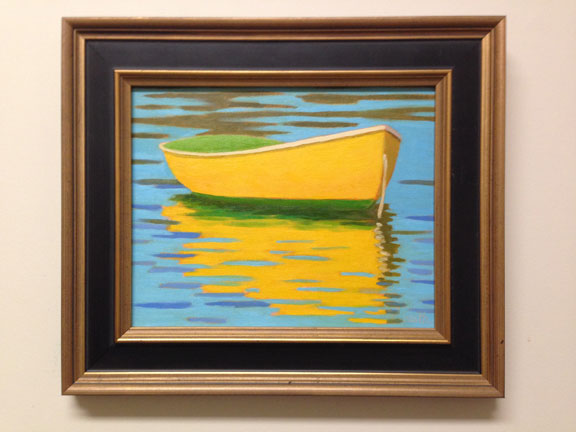
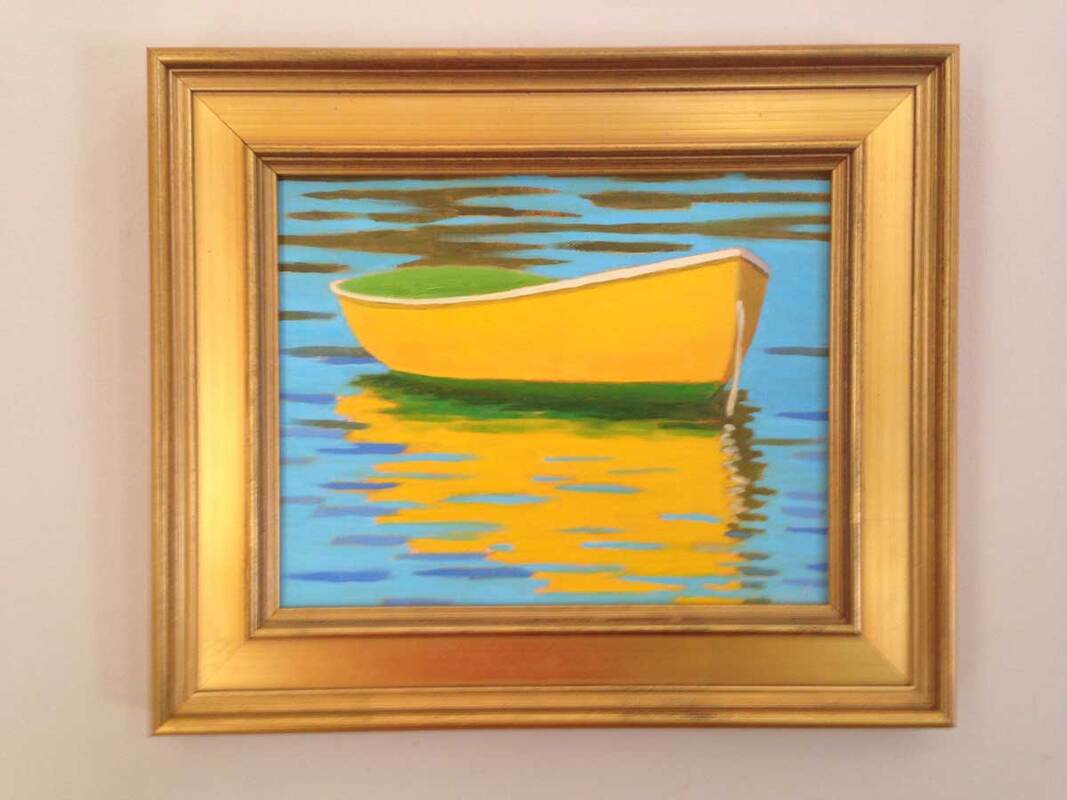
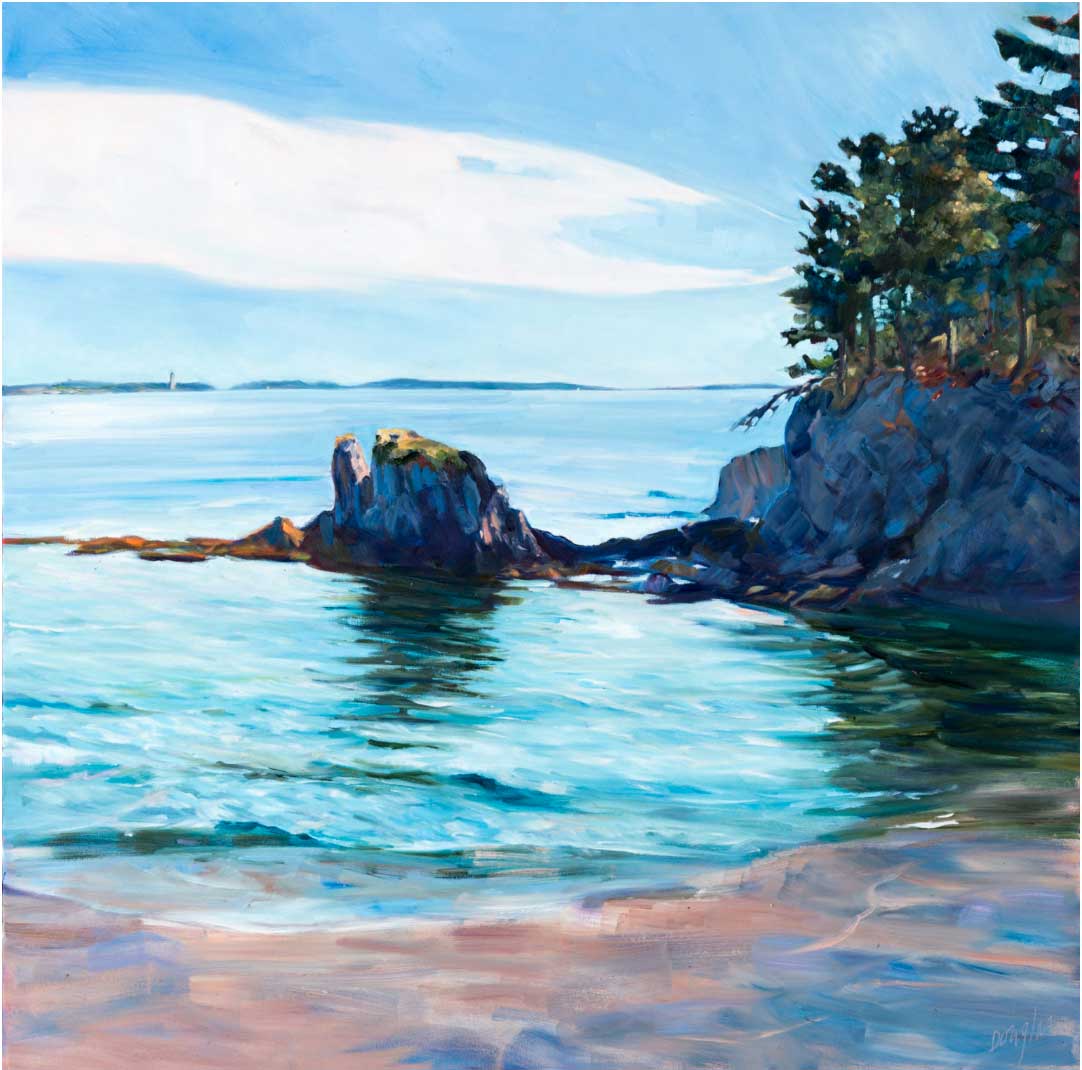
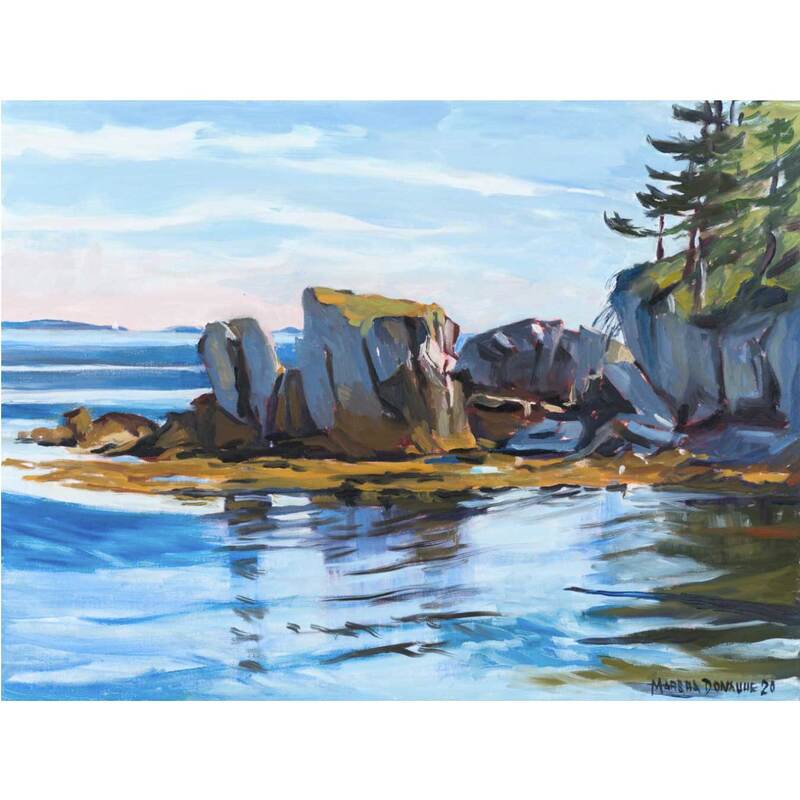
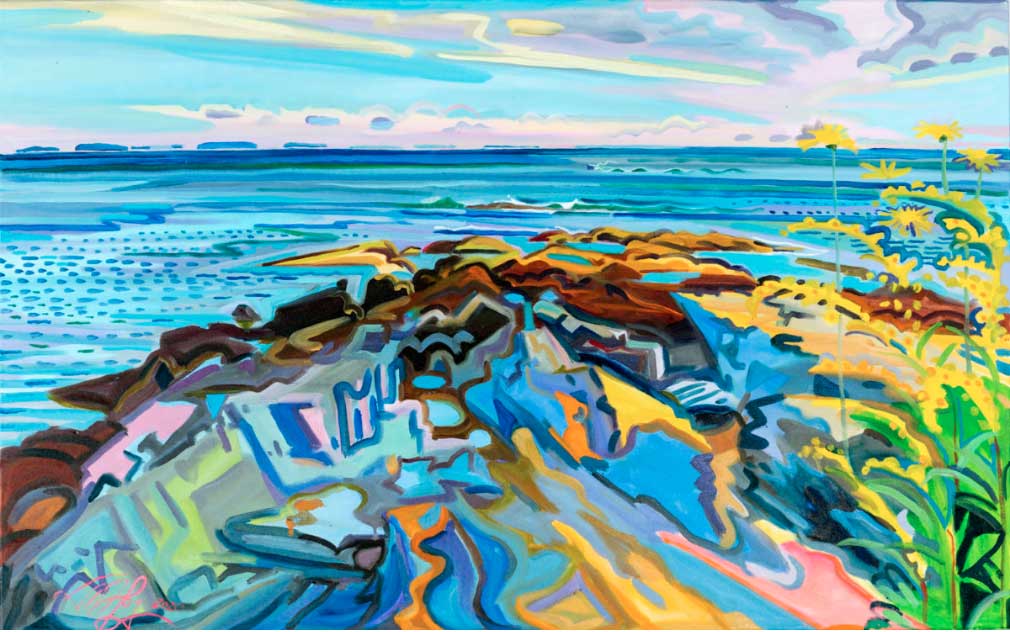
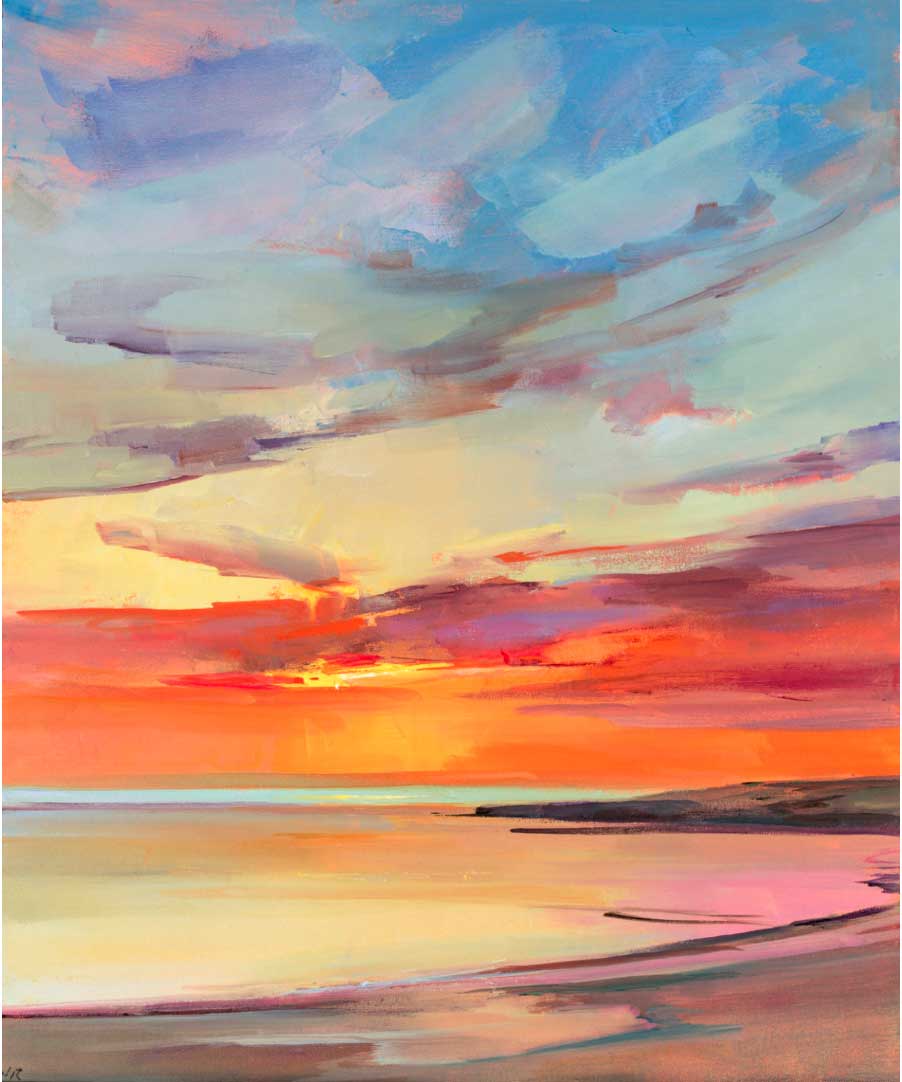
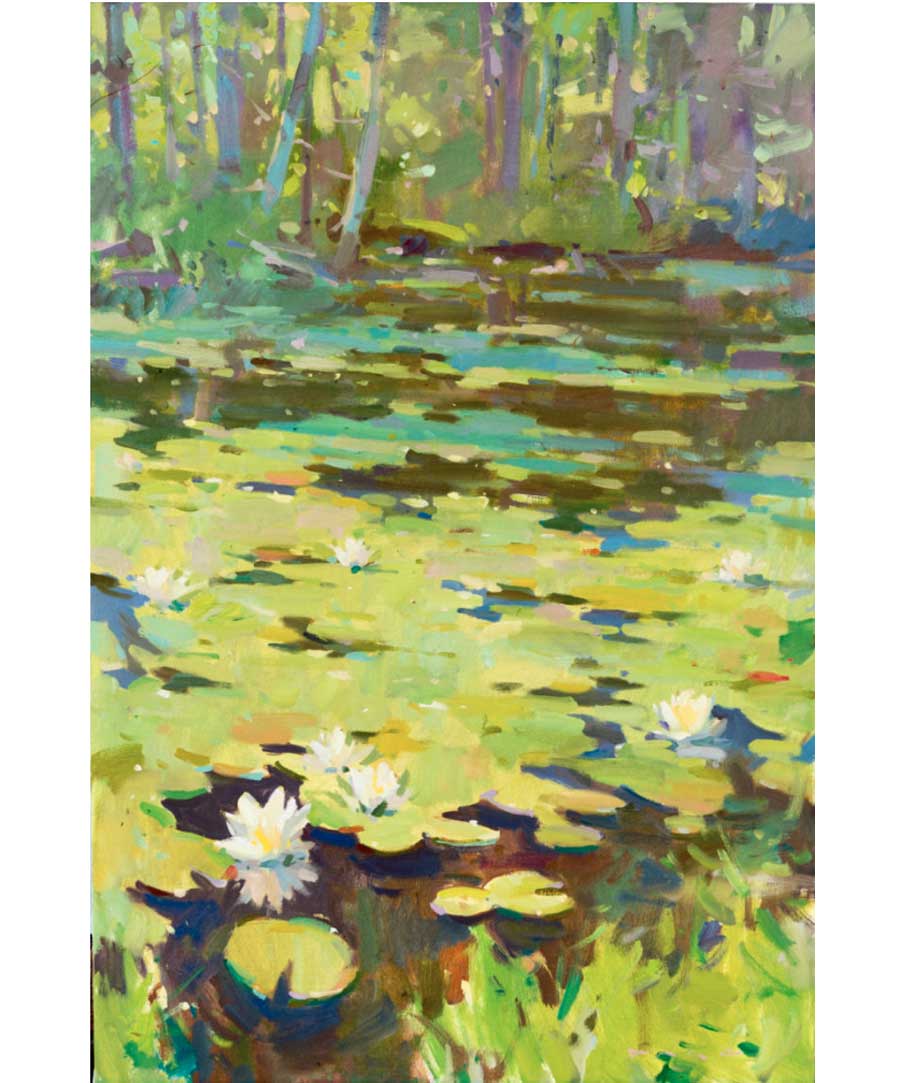
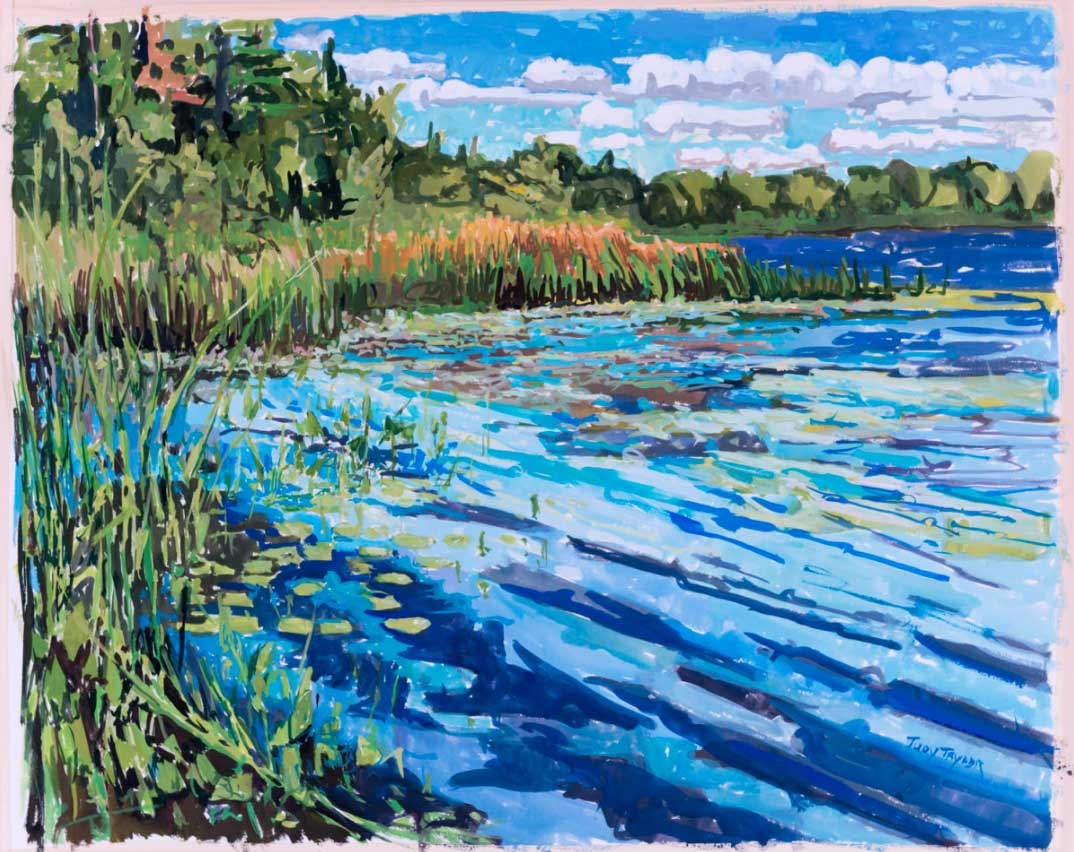
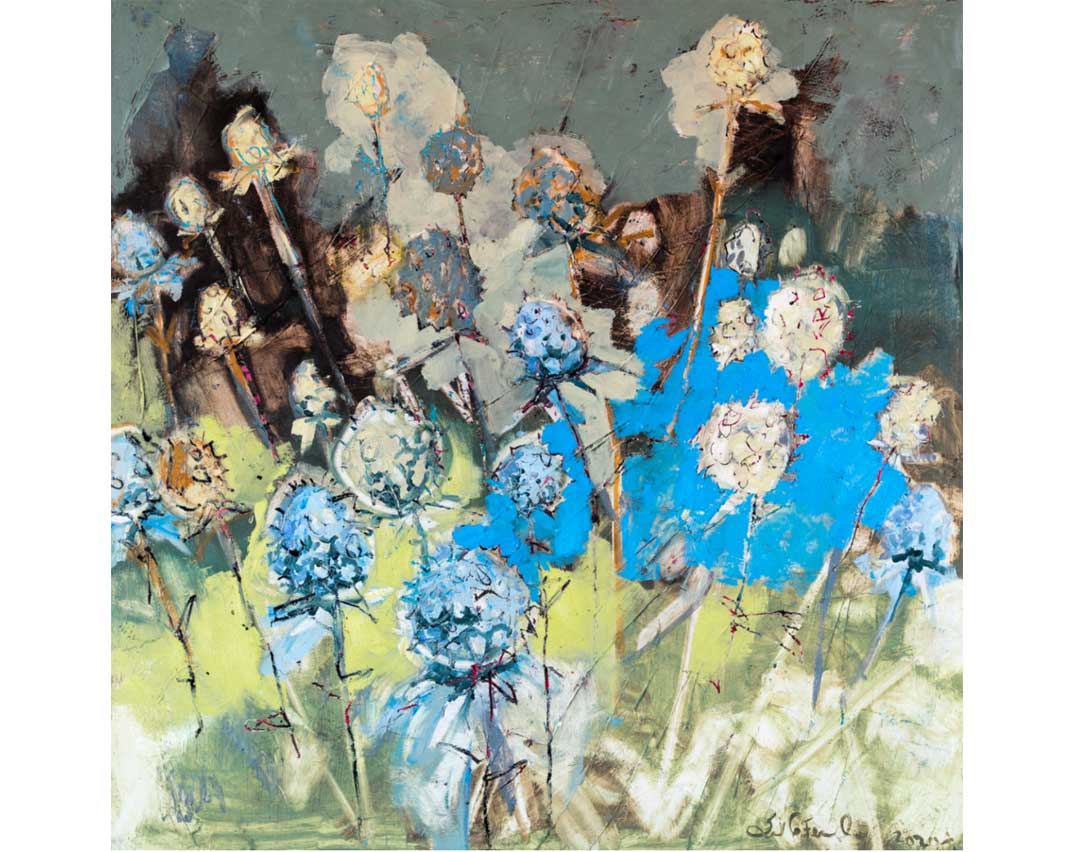
 RSS Feed
RSS Feed